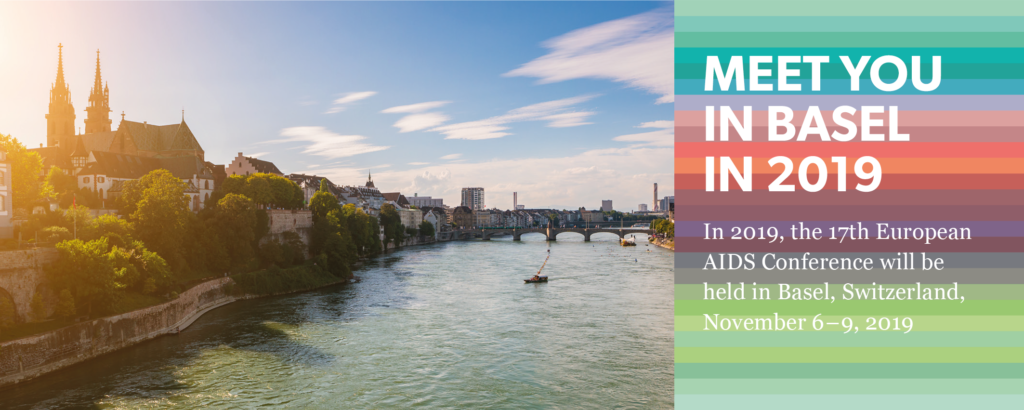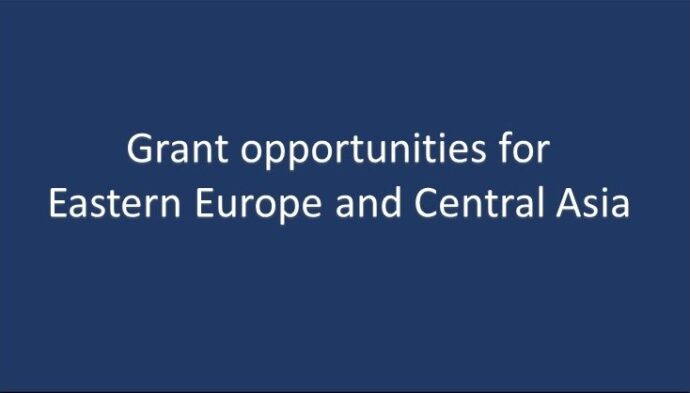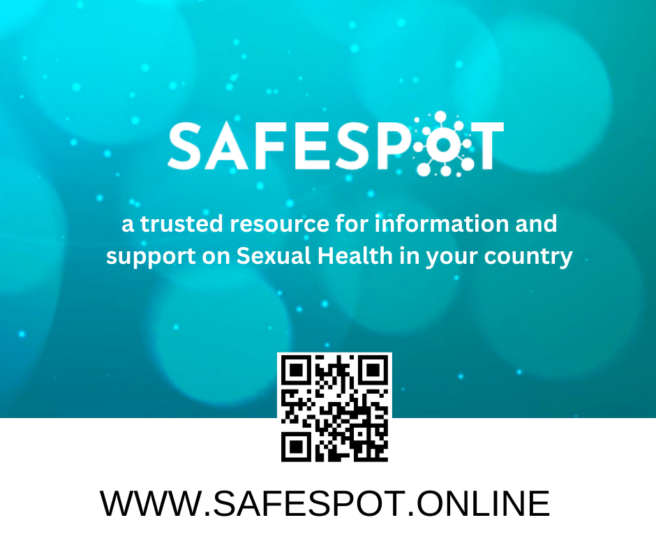 The 17th European AIDS Conference will be held in Basel on the 6-9 November and is greatly anticipated among leading HIV experts, scientists and researchers, as well as representatives of the people living with HIV in Europe, in order to discuss the latest research in all HIV-related scientific fields.
The 17th European AIDS Conference will be held in Basel on the 6-9 November and is greatly anticipated among leading HIV experts, scientists and researchers, as well as representatives of the people living with HIV in Europe, in order to discuss the latest research in all HIV-related scientific fields.
Setting the stage to end AIDS
According to UNAIDS, the AIDS epidemic can be ended by 2030 if the 90-9090 targets are reached by 2020: 90% of people with HIV know their status – 90% of people who know their status are on antiretroviral therapy – 90% of people who are on antiretroviral therapy achieve viral suppression. This year’s conference is setting the stage for what needs to be done to reach these targets by bringing HIV prevention, treatment and care to all who need them. One major concern is the increase of HIV infections in Eastern Europe and Central Asia. HIV diagnoses in these regions have increased dramatically – by 60% – between 2010 and 2016.1 For that reason, 16 conference sessions will be simultaneously interpreted into Russian.
East and West
“Despite a fully prepared toolbox of prevention, treatment and care, the challenges of ending the AIDS epidemic are still dramatic when we look at the HIV status in specific regions of Europe and Central Asia,” says Professor Juergen Rockstroh, EACS president and conference co-chair.
Most importantly, this year’s conference will be used to find ways to enhance the cooperation and exchange of knowledge between HIV research institutions and clinics in Western and Eastern Europe and Central Asia. New initiatives on that matter will be presented at the Standard of Care session and discussed among clinicians, people living with HIV and other partners such as the European Centre for Disease Prevention and Control (ECDC).
For registration details, please visit: www.eacs-conference2019.com




